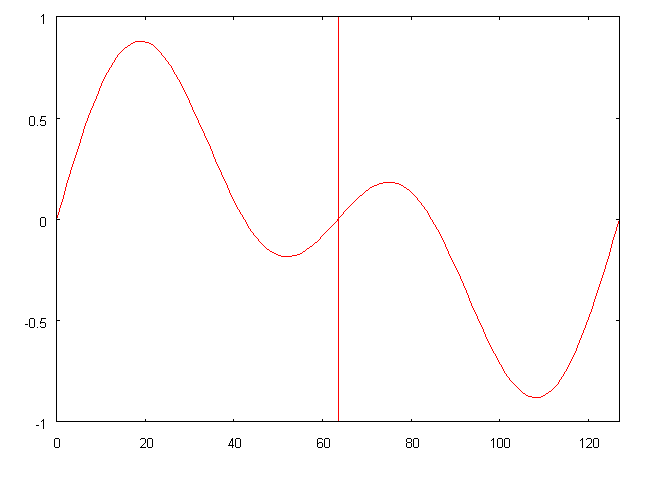Someone may ask why one should get a bulky 19″ rack when it is just a re-packaged Wavecomputer 360A.
Of course it is much more than that, although the 340/380 case still contains lots of nothing…
First of all, the 340/380 has the additional 380, the sequencer unit. But the topic of this post are the differences between a Wavecomputer 360A and the 340A/340B combo.
All waves on the Wavecomputer 360A are made up of a fixed set of 64 so called “partial waves” of 128 wave samples each stored in ROM, being unalterable for the user. This is more than enough to have lots of fun, as Kenneth shows us on his website – but for those who even want more fun, the 340 offers flexible partial waves because of its RAM storage. In the original models, the partial waves can (and actually must) be loaded from mini cassette, while this modified model allows for up- and downloading of wave data from and to a PPG Waveterm. At this moment, we can only guess about what would be possible with Armin Stöwe’s Wavecutter Software!
But there’s another thing about the partial waves I can say for sure today. When I wrote that the Wavecomputer 360A had 64 partial waves of 128 samples each, I sugarcoated the machine a bit. As everybody in the 1970s, also Wolfgang had to household with memory space. So he decided to store only half waves of 64 samples each in ROM and calculate the second half by reflecting all wave samples through the origin. This is a simple yet genial thing in digital electronics – he just inverted the wave sample address lines together with the data lines of the wave memory. This is the first step of building the 2’s complement of a binary number, which is the negative representation of the number for most arithmetical operations – and sufficient for the intended task.
This is a fictional partial wave on the Wavecomputer 360A. The second half (after the vertical red line) is exactly symmetrical to the left half with respect to the origin.
Mathematically said, it fulfills f(x) = -f(-x) – the minus before the x is the inversion of the address lines, the minus of the function expression the inversion of the data lines.
With the PPG 340, this is not necessary anymore. The TONR module which holds the active partial waves now has 8kBytes of memory, so that the 64 partial waves can be stored completely with 128 wave samples each.
The inverters have been omitted and partial waves like the one below are now possible.


